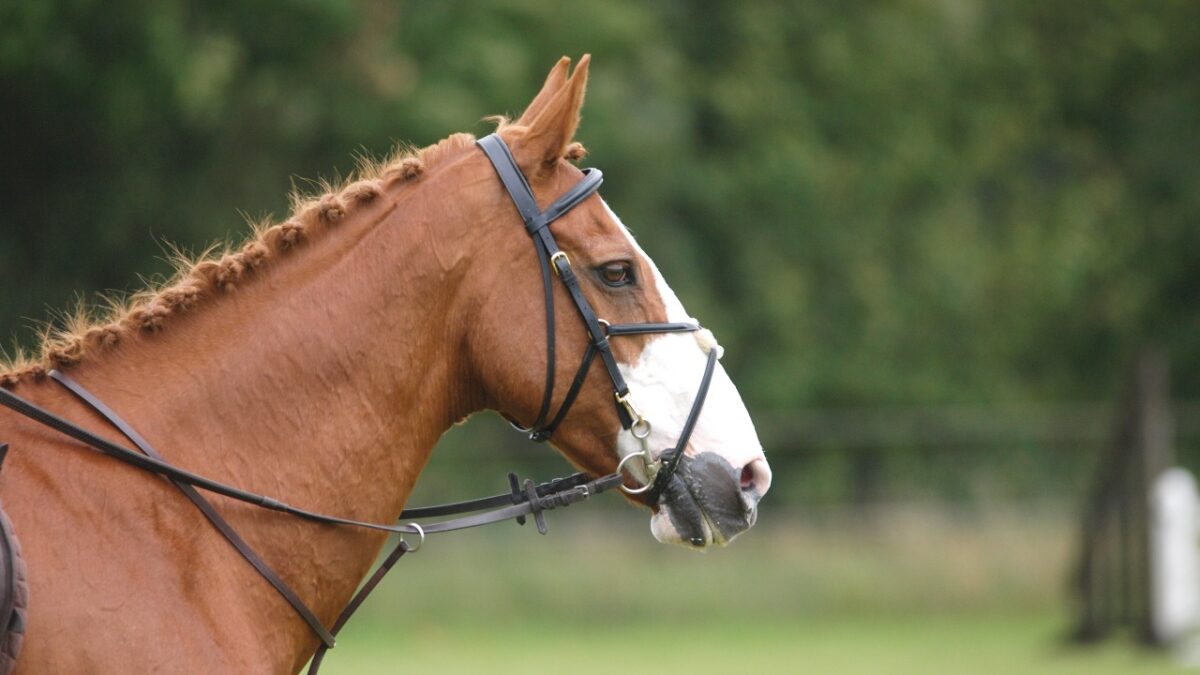Horse lovers and riders are always looking for ways to improve the comfort and safety of their equine partners. One piece of equipment that often gets overlooked is the martingale. This simple yet effective tool can make a significant difference in a horse’s performance and well-being if used correctly. In this blog post, we will discuss the different types of martingales and their purpose, why and when to use a martingale, and how to properly fit and adjust it for your horse.
The Basics
Let’s start with the basics. What is a martingale and why do we use it? A martingale is a piece of equipment that attaches to the horse’s breastplate or girth and runs to the reins. Its purpose is to prevent the horse from raising its head too high or throwing it too far back. This action, known as “going above the bit,” often results in a loss of control for the rider and puts the horse in an uncomfortable position. By applying pressure through the martingale when the horse’s head exceeds a certain point, the horse learns to keep its head in a more comfortable and manageable position.
Types of Martingales
There are several types of martingales, each designed for a specific purpose. The most common ones are running martingales, standing martingales, and Irish martingales. Running martingales are the simplest and most versatile type, consisting of a strap that splits into two parts and attaches to the reins. It allows the horse more freedom of movement while still providing control. Standing martingales are more restrictive, as they prevent the horse from raising its head above a fixed point. Irish martingales combine elements of both, with the option to adjust the level of control.
When to Use a Martingale
So, when should you use a martingale? The answer depends on the individual horse, its level of training and behaviour, and the type of riding you’re doing. As a general rule, martingales are useful for horses that tend to throw their heads or resist the bit, either due to inexperience or bad habits. They can also provide additional support and control for jumping and cross-country riding. However, it’s essential to remember that a martingale should never be used as a substitute for proper training, as it only addresses the symptoms and not the underlying cause.
The Fit
The proper fit and adjustment of a martingale are crucial for its effectiveness and the horse’s comfort. Before putting it on, make sure that the horse’s saddle and bridle fit correctly and that the martingale is clean and in good condition. To ensure the right fit, measure the distance from the horse’s breastplate or girth to the reins, and choose a martingale that matches that length. The strap should be neither too tight nor too loose, with enough slack to allow the horse to move its head naturally but not enough to let it throw it back too far.
To sum up, horse martingales are a valuable tool that can help improve a horse’s performance and comfort level. Understanding the different types of martingales and their purpose, as well as when and how to use them properly, is essential for any rider or owner. So, next time you’re preparing for a ride, take a look at your horse’s behaviour and needs, and consider whether a martingale might be the right choice for you. With the right approach, horse martingales can be a beneficial addition to any riding routine.
Related posts
Recent Posts
Advertisement


